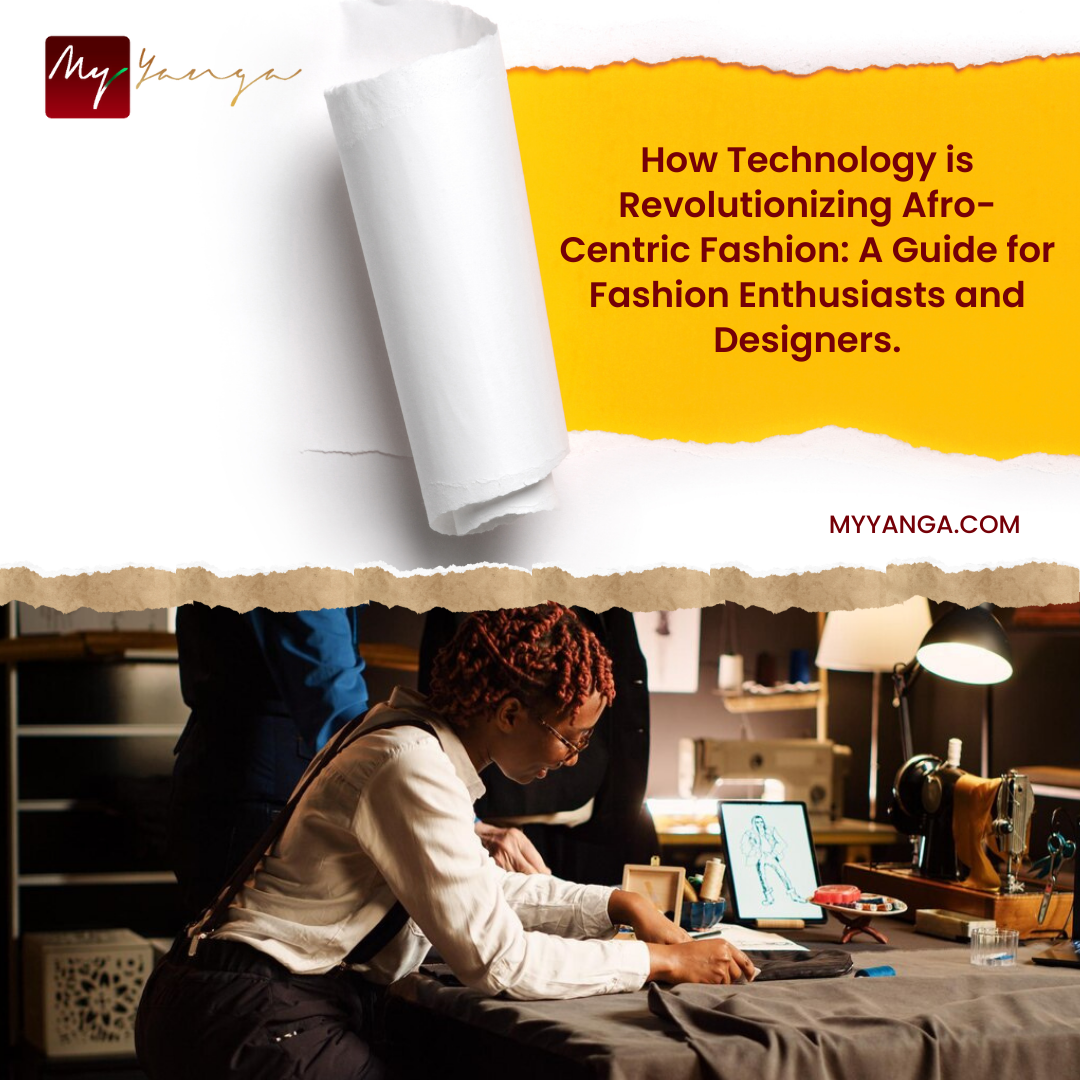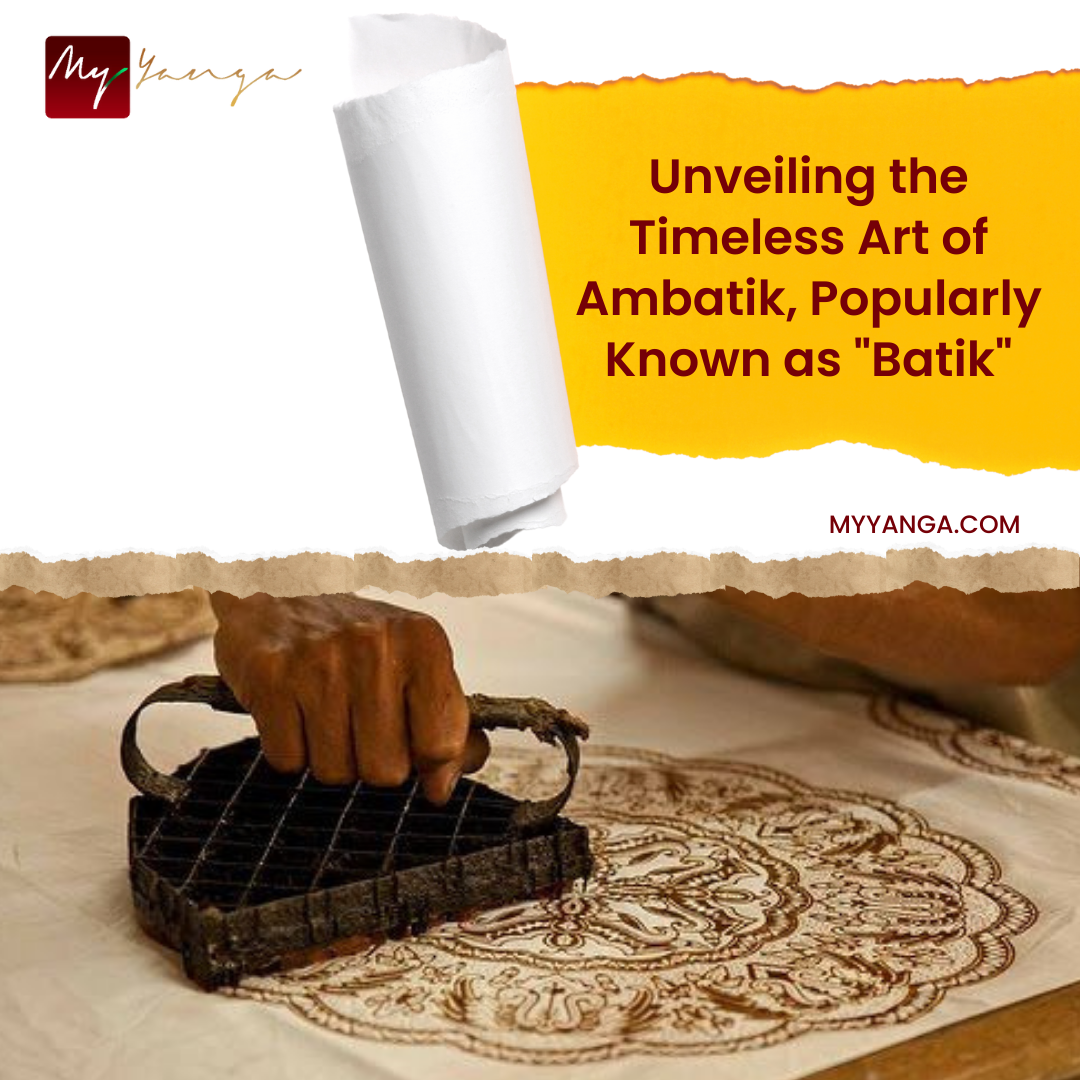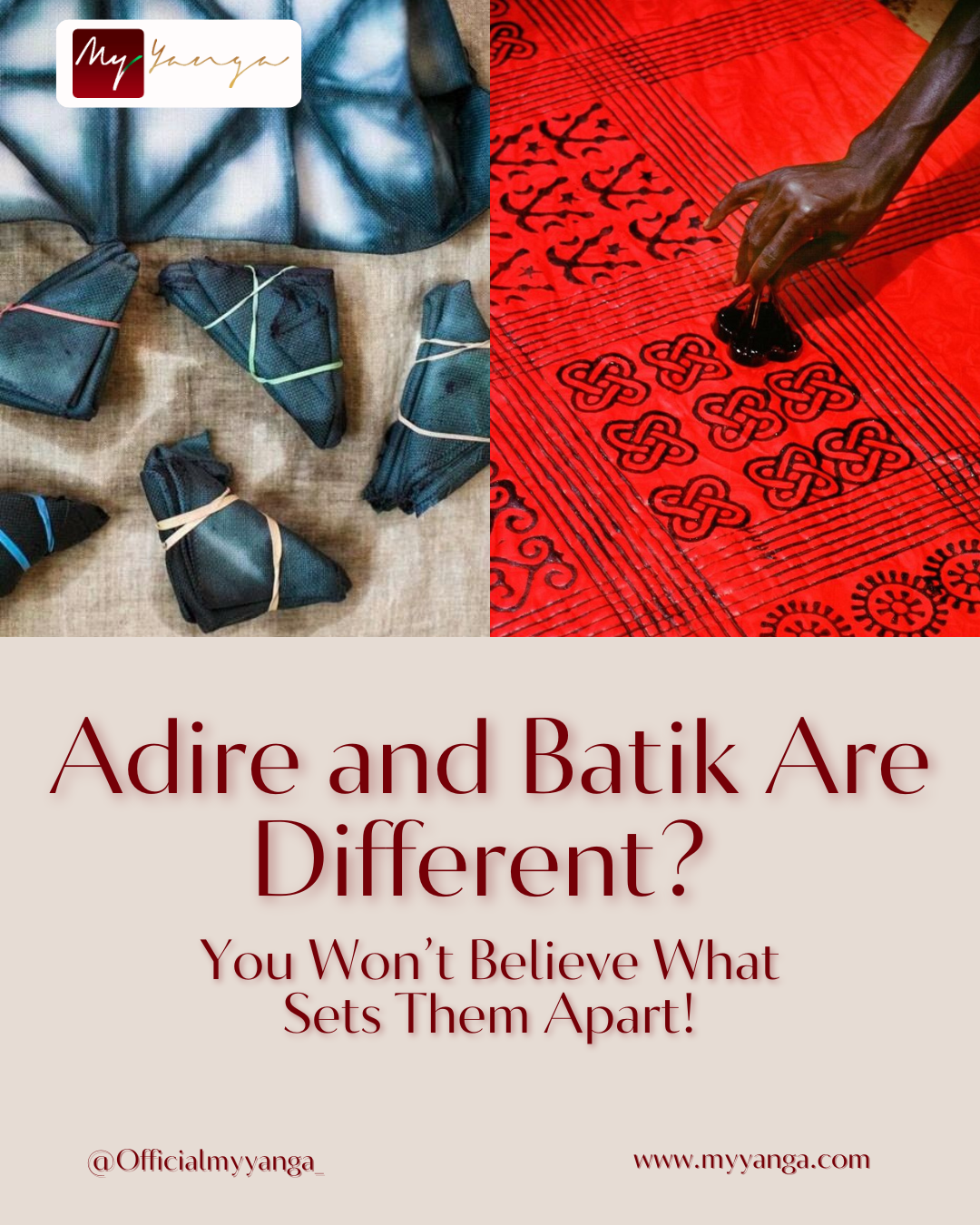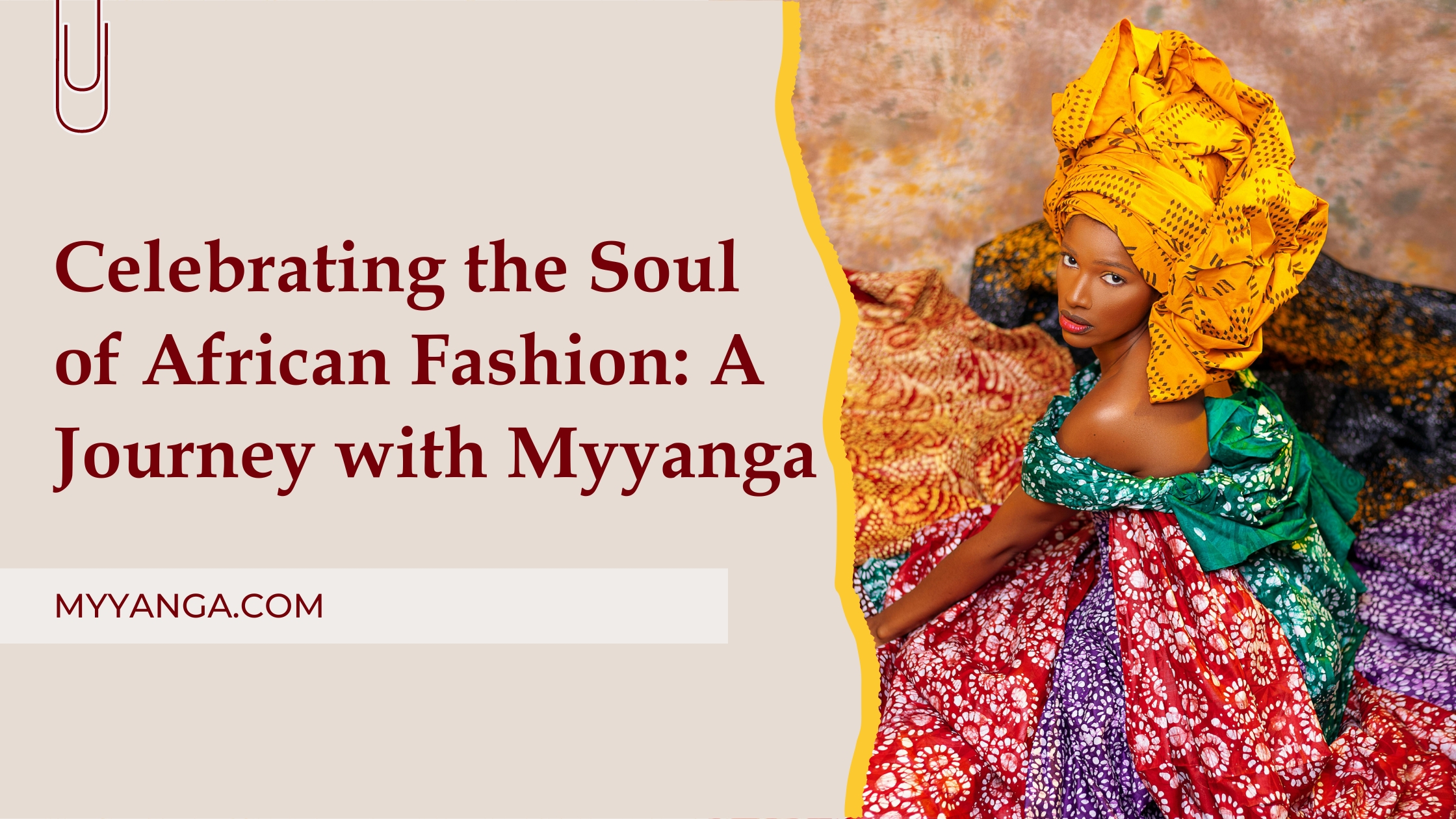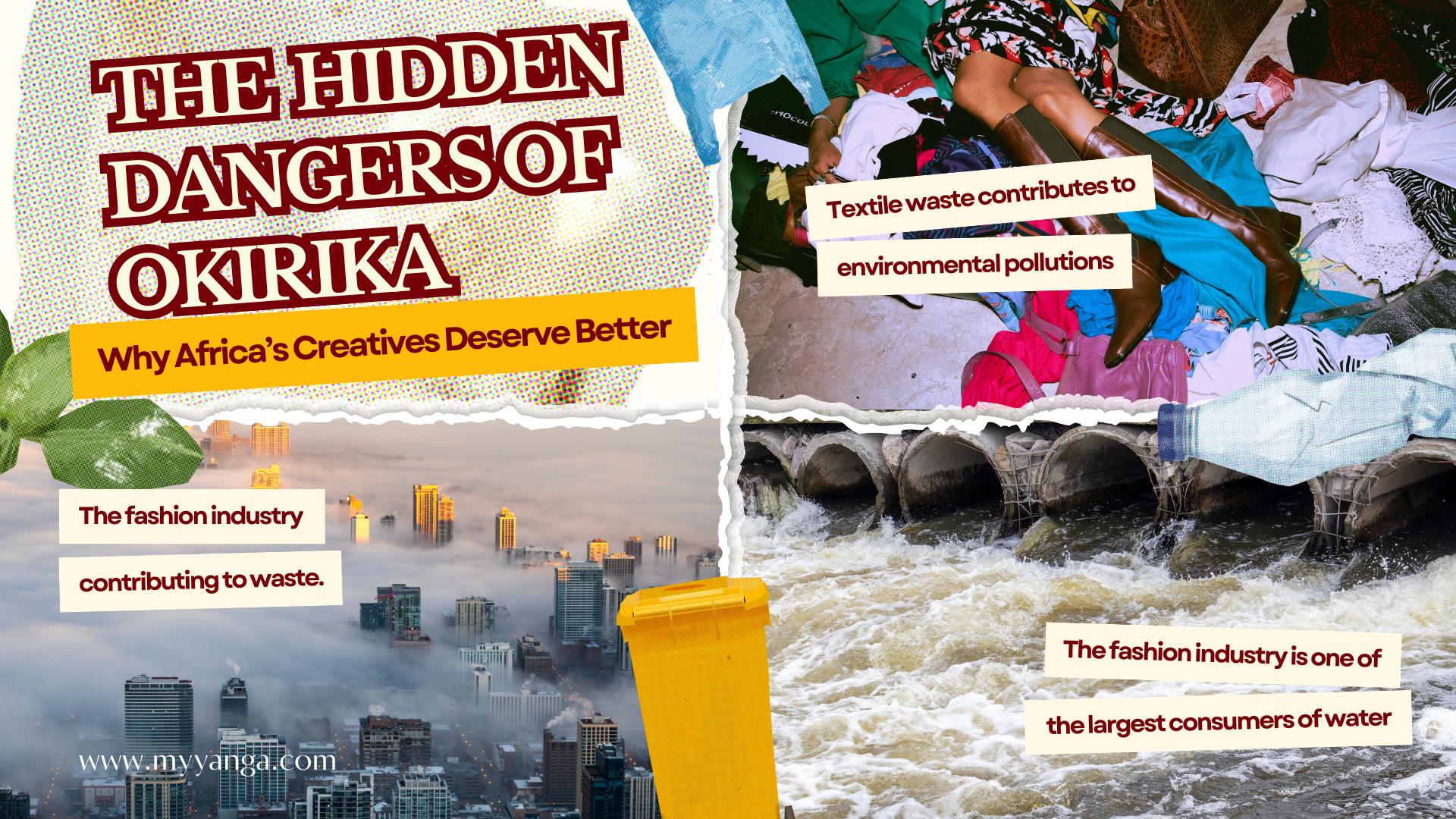Amazing Fabrics for Making Bags
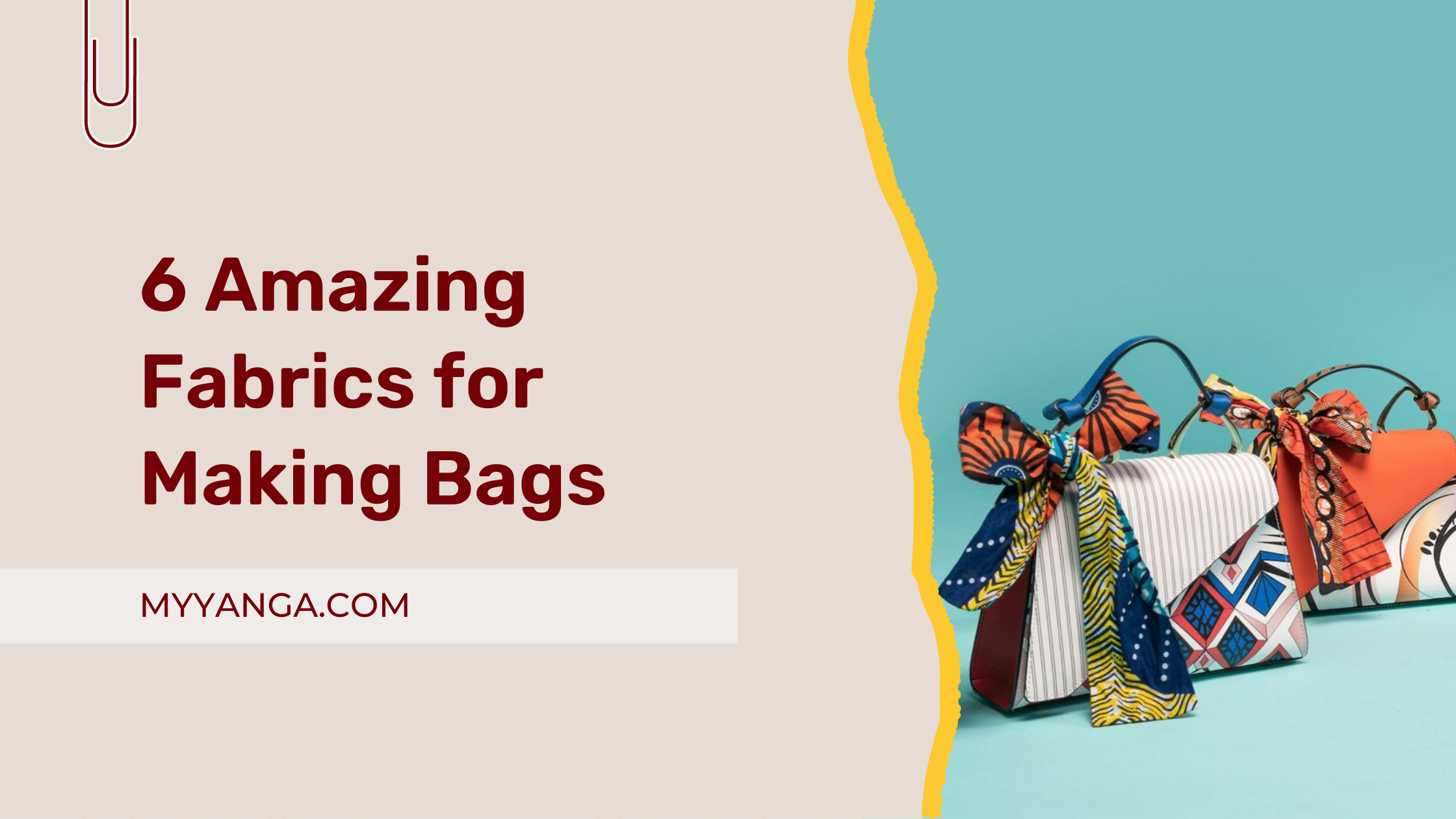
When it comes to crafting the perfect bag, the fabric you choose can make all the difference. From traditional to contemporary materials, each fabric brings its unique blend of texture, durability, and style. Whether you're creating a chic tote or a rugged backpack, here are six fantastic fabrics to consider for your next bag-making project.
1. Jute: Jute is a natural fiber that is both eco-friendly and durable. It has a rustic, earthy appearance, making it ideal for casual and beach bags. Jute is also often used in combination with other fabrics to add texture and strength.
Advantages:
- Eco-friendly and biodegradable.
- Strong and durable.
- Rustic, earthy appearance.
Disadvantages:
- Rough texture.
- Limited color options.
2. Denim: Denim, a rugged cotton twill fabric, is a popular choice for casual bags. Its durability and classic appeal make it perfect for everyday bags like totes, backpacks, and crossbody bags. Denim is also easy to customize with embroidery, patches, and other embellishments.
Advantages:
- Durable and strong.
- Classic, timeless appeal.
- Easy to customize.
Disadvantages:
- Can be heavy.
- Fades over time with washing.
3. Leather: Leather is a timeless material known for its strength and luxury appeal. It’s available in various types, such as full-grain, top-grain, and suede. Leather bags are durable and age beautifully, developing a unique patina over time. This material is perfect for creating sophisticated handbags, wallets, and briefcases.
Advantages:
- Strong and durable.
- Ages well, developing a unique patina.
- Luxurious appearance.
Disadvantages:
- Expensive.
- Requires special tools and skills to work with.
4. Ankara: Ankara is also known as African wax print fabric, is a popular textile in West African fashion. Its vibrant colors and bold patterns have made it a favorite for a variety of fashion items, including bags.
Advantages:
- Vibrant and unique designs.
- Breathable and comfortable.
- Cultural significance.
- Versatile for various bag styles.
Disadvantages:
- Color fading with frequent washing and sun exposure.
- Not water-resistant without additional treatment.
- Often requires lining to maintain shape and durability.
5. Asooke: Asooke is a handwoven fabric from Nigeria, rich in history and culture. Traditionally used for ceremonial attire, this vibrant fabric has found its way into contemporary fashion accessories, including bags. Asooke is known for its durability and intricate patterns, making it an excellent choice for creating unique, eye-catching bags.
Advantages:
- Durable and long-lasting.
- Unique, vibrant patterns.
- Cultural and historical significance.
Disadvantages:
- Can be expensive and hard to find.
- Requires careful handling and maintenance.
6. Felt: Felt is a non-woven textile produced by matting, condensing, and pressing fibers together. It's a highly versatile material used in various applications, from crafts and fashion to industrial uses.
Advantages:
- Easy to work with.
- Available in a variety of colors.
- Doesn’t fray.
Disadvantages:
- Not as durable as woven fabrics.
- Can pill over time.
Selecting the right fabric for your bag-making project depends on your specific needs, including the bag’s intended use, your budget, and the desired aesthetic. While Asooke offers unique cultural value and durability, other fabrics like canvas and leather provide different strengths and challenges. Consider these advantages, disadvantages, and costs to make an informed choice for your next bag creation. Happy crafting to the bag makers in the house!


